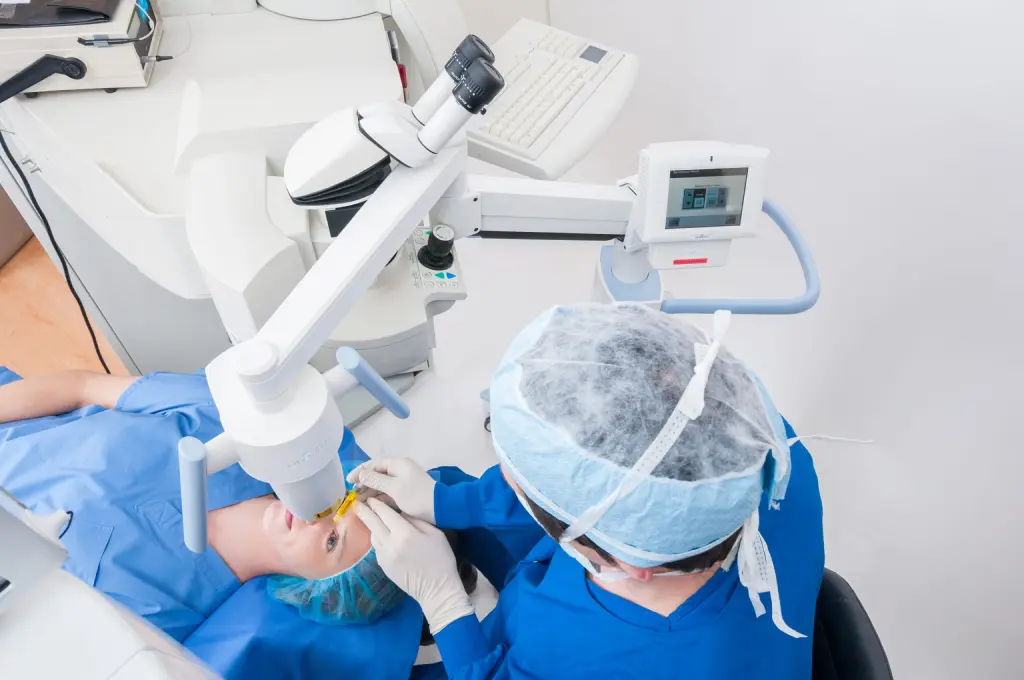Tag: keratoconus-education
-

Recently Diagnosed with Keratoconus? We’ve Got You Covered!
Despite the fact that an estimated 253 million people in the world live with vision impairment, learning that you or a loved one has vision issues can feel isolating and overwhelming.Keratoconus EducationRead more -

Keratoconus 101: Treatment Options and Post-Treatment Care
If untreated, keratoconus may result in significant vision loss and can lead to a corneal transplant in severe cases. However, there are various FDA-approved treatment options available that work to treat the symptoms caused by the thinning and bulging of the cornea.Keratoconus EducationRead more